On Monday September 19, minister of petroleum and energy Tord Lien together with Statoil, Centrica and ExxonMobil celebrated the 5 billion barrels of oil equivalent delivered by Statfjord since first oil in 1979.
The minister got the honor of filling the barrel, which was decorated in golden color for the occasion.
“The spin-offs created by Statfjord can hardly be exaggerated. Generating more than NOK 1500 billion in revenues and 200 000 direct and indirect man-years since the 1970s the field has been of great importance to the Norwegian society,” says Arne Sigve Nylund, Statoil’s executive vice president for Development and Production Norway. He took part in the celebration on Statfjord A.
After Statfjord has been on stream for more than a generation Statoil and its partners still have a horizon until 2025 for the field. Originally the partnership hoped to recover 40 percent of the oil at Statfjord. The result so far is record-high 67 percent.
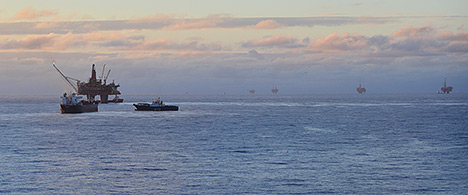 451 wells have been drilled on the field, and more than 40 years after the field was discovered new profitable wells are still being drilled. (Photo: Harald Pettersen)
451 wells have been drilled on the field, and more than 40 years after the field was discovered new profitable wells are still being drilled. (Photo: Harald Pettersen)
The additional resources recovered beyond what was initially believed to be possible equal the lower production estimate for Johan Sverdrup.
“On this is a historic day we take a retrospective view. This, however, is also a story about the future, describing how knowledge, skills and experience acquired through many years across the oil industry are harnessed to create ever more values and new activity. Statfjord was supposed to be shut down more than ten years ago. Instead technology development, smart solutions and clever decisions have extended the productive life and increased the level of activity. This is characteristic of Norwegian oil history and something we will build on in Statfjord’s next chapter and on the NCS for many decades to come,” Nylund says.
Increased production for the fourth consecutive year
Thanks to active subsurface work, efficient drilling and well operations, and well operated installations Statfjord this year successfully increases production for the fourth consecutive year. 451 wells have been drilled on the field, and more than 40 years after the field was discovered new profitable wells are still being drilled. Safe and efficient operations are essential to optimal resource recovery. At Statfjord the drilling costs have been reduced by 50%. Overall more than one million meters have been drilled at Statfjord, roughly corresponding to a round trip from Oslo to Stavanger.
Both oil and gas
Statfjord is still producing oil. However, the most important decision after the turn of the millennium was made in 2005. Through the Statfjord Late Life project the field was converted from an oil field to a gas field by reducing the reservoir pressure. A bold decision by the partnership, and a successful implementation with important contribution from the suppliers.
NOK 23 billion was invested, and production was maintained during the conversion process. The work included the drilling of 70 new wells and extensive modifications to the platforms. The high recovery factor is largely thanks to the Statfjord Late Life project, lifting the horizon towards 2025. This means that the old oil giant Statfjord will still be producing when a new giant by the name of Johan Sverdrup has started its 50-year production.
Statfjord field partners: Statoil Petroleum AS (44.34 % - operator), ExxonMobil Exploration and Production Norway AS (21.37 %), Centrica Resources (Norge) AS (19.76 %) and Centrica Resources Limited (14.53 %).
Facts about the A platform
* Topsides: 41,500 tons
* Concrete shafts: 200,100 tons
* Storage capacity: 206,000 m3
* Total height: 270 meters
* The living quarters can accommodate 206 people.
* Production start: 24 November 1979.
Facts about the B platform
* Topsides: 42,500 tons
* Concrete shafts: 310,500 tons
* Storage capacity: 302,000 m3
* Total height: 271 meters
* The living quarters can accommodate 228 people
* Production start: 5 November 1982
Facts about the C platform
* Topsides: 50 000 tons
* Concrete shafts: 290,000 tons
* Storage capacity: 302,000 m3
* Total height: 290 meters
* The living quarters can accommodate 345 people
* Production start: 26 June 1985


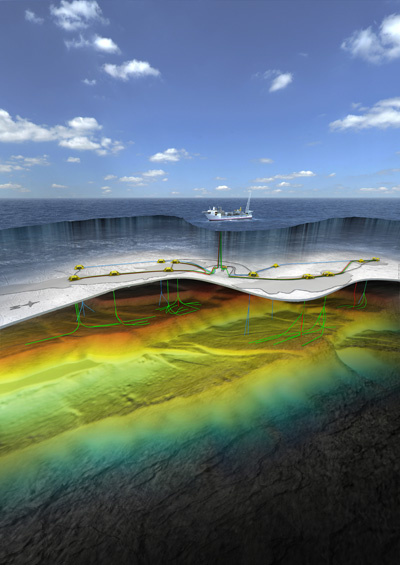 Johan Castberg field. Image courtesy: Statoil
Johan Castberg field. Image courtesy: Statoil 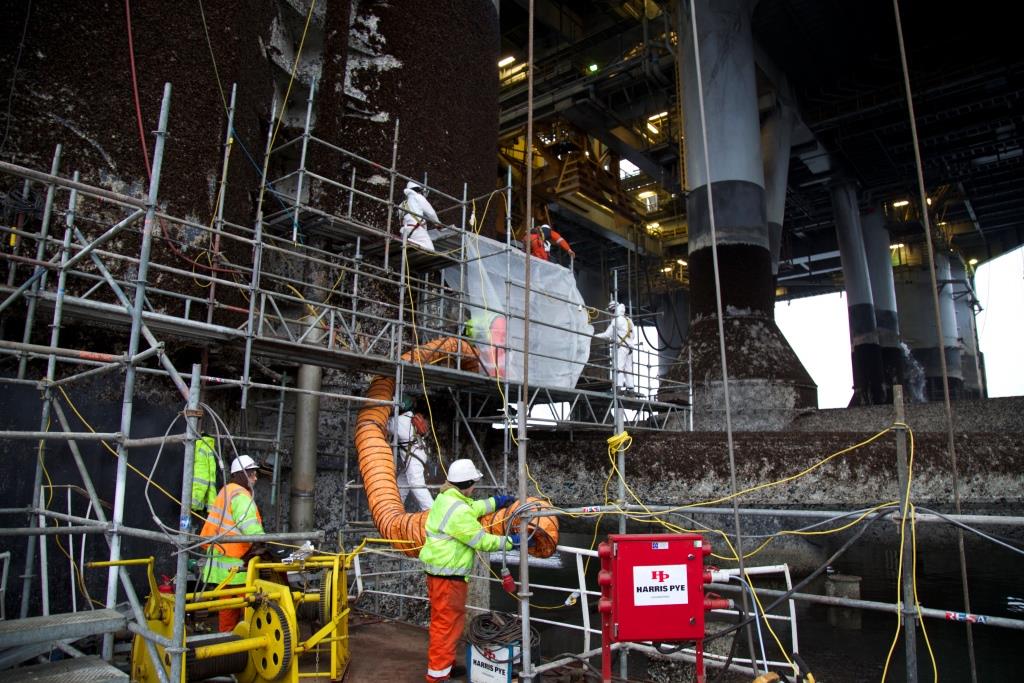 At work on Ocean Endeavor
At work on Ocean Endeavor
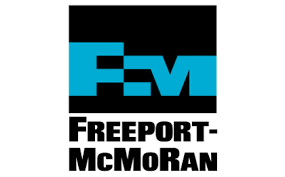 "This immediately accretive, bolt-on transaction strengthens our industry-leading position in the Gulf of Mexico and is a catalyst for the company's oil-growth objectives, with quality assets being acquired at an attractive price to create significant value," said Anadarko Chairman, President and CEO Al Walker. "We expect these acquired assets to generate substantial free cash flow,(1) enhancing our ability to increase U.S. onshore activity in the Delaware and DJ basins. Our current plans are to add two rigs in each play later this year, and to increase activity further thereafter, with an expectation of more than doubling our production to at least 600,000 BOE per day collectively from these two basins over the next five years. This increased activity would drive a company-wide 10- to 12-percent compounded annual growth rate in oil volumes over the same time horizon in a $50 to $60 oil-price environment, while investing within cash flows. Additionally, the transaction expands Anadarko's infrastructure in the Gulf, adds to our unmatched inventory of low-cost, subsea tieback opportunities, and bolsters optionality with new exploration prospects. The company's Gulf of Mexico position, with the addition of these properties, will have net sales volumes of approximately 155,000 BOE per day, comprised of approximately 85-percent oil."
"This immediately accretive, bolt-on transaction strengthens our industry-leading position in the Gulf of Mexico and is a catalyst for the company's oil-growth objectives, with quality assets being acquired at an attractive price to create significant value," said Anadarko Chairman, President and CEO Al Walker. "We expect these acquired assets to generate substantial free cash flow,(1) enhancing our ability to increase U.S. onshore activity in the Delaware and DJ basins. Our current plans are to add two rigs in each play later this year, and to increase activity further thereafter, with an expectation of more than doubling our production to at least 600,000 BOE per day collectively from these two basins over the next five years. This increased activity would drive a company-wide 10- to 12-percent compounded annual growth rate in oil volumes over the same time horizon in a $50 to $60 oil-price environment, while investing within cash flows. Additionally, the transaction expands Anadarko's infrastructure in the Gulf, adds to our unmatched inventory of low-cost, subsea tieback opportunities, and bolsters optionality with new exploration prospects. The company's Gulf of Mexico position, with the addition of these properties, will have net sales volumes of approximately 155,000 BOE per day, comprised of approximately 85-percent oil."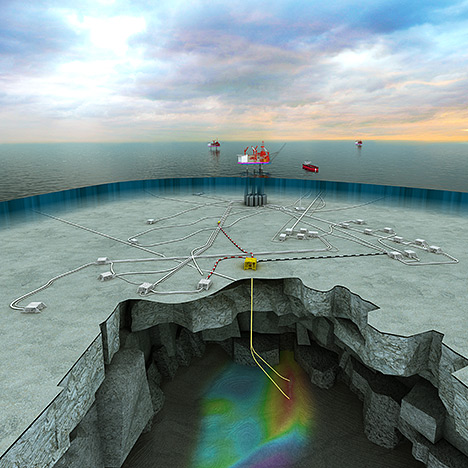 Image courtesy: Statoil
Image courtesy: Statoil The Deepwater Horizon oil spill Natural Resource Damage Assessment Trustees will hold a public meeting on September 28, 2016, at the Renaissance New Orleans Pere Marquette French Quarter Area Hotel. The Trustees will present an update on their work since the historic settlement with BP and describe current and future restoration planning activities and opportunities for public engagement. The settlement with BP included a provision for up to $8.8 billion in damages for injuries to natural resources.
The Deepwater Horizon oil spill Natural Resource Damage Assessment Trustees will hold a public meeting on September 28, 2016, at the Renaissance New Orleans Pere Marquette French Quarter Area Hotel. The Trustees will present an update on their work since the historic settlement with BP and describe current and future restoration planning activities and opportunities for public engagement. The settlement with BP included a provision for up to $8.8 billion in damages for injuries to natural resources.
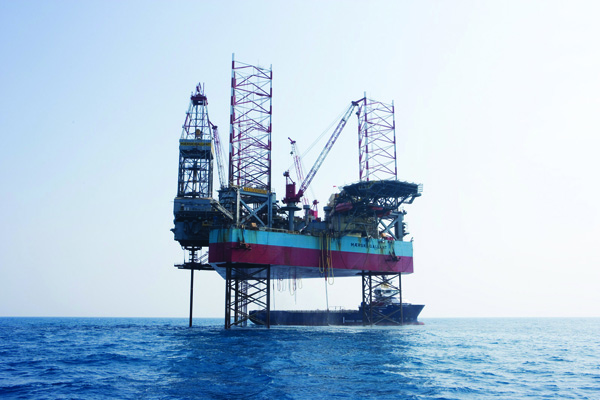 Maersk Drilling
Maersk Drilling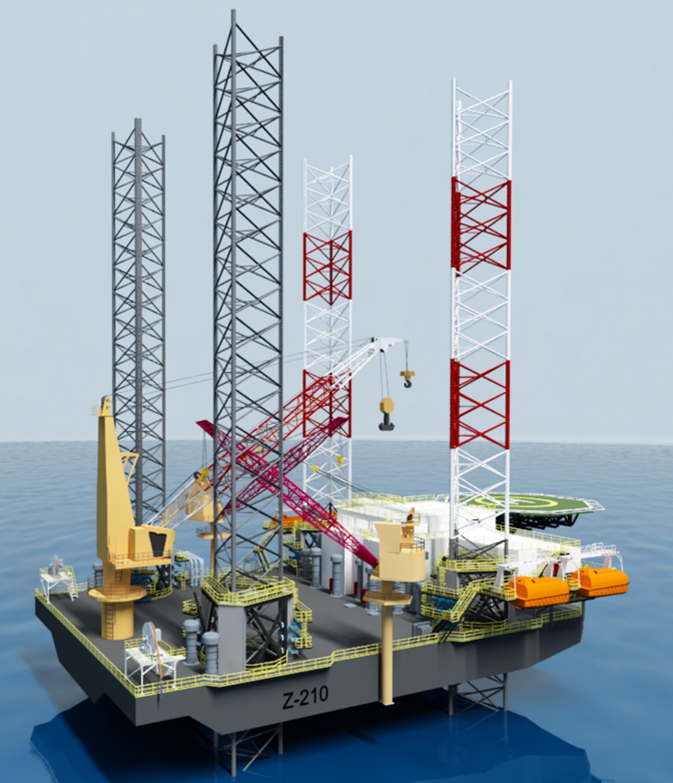 The Z-210 is a self-propelled, self-elevating, DP-2 capable, ABS Class, high-temperature (55 degrees Celsius) rated, four-legged mobile offshore unit.
The Z-210 is a self-propelled, self-elevating, DP-2 capable, ABS Class, high-temperature (55 degrees Celsius) rated, four-legged mobile offshore unit. 451 wells have been drilled on the field, and more than 40 years after the field was discovered new profitable wells are still being drilled. (Photo: Harald Pettersen)
451 wells have been drilled on the field, and more than 40 years after the field was discovered new profitable wells are still being drilled. (Photo: Harald Pettersen)
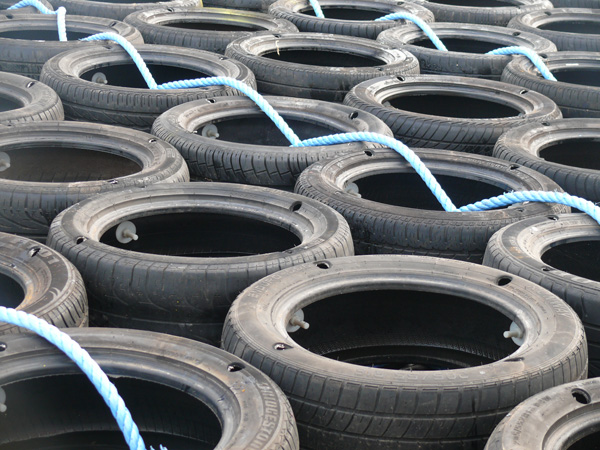 Award-winning technology developed in the east of England is to be presented as a cost-saving solution for North Sea decommissioning at a major industry conference in Scotland this week.
Award-winning technology developed in the east of England is to be presented as a cost-saving solution for North Sea decommissioning at a major industry conference in Scotland this week.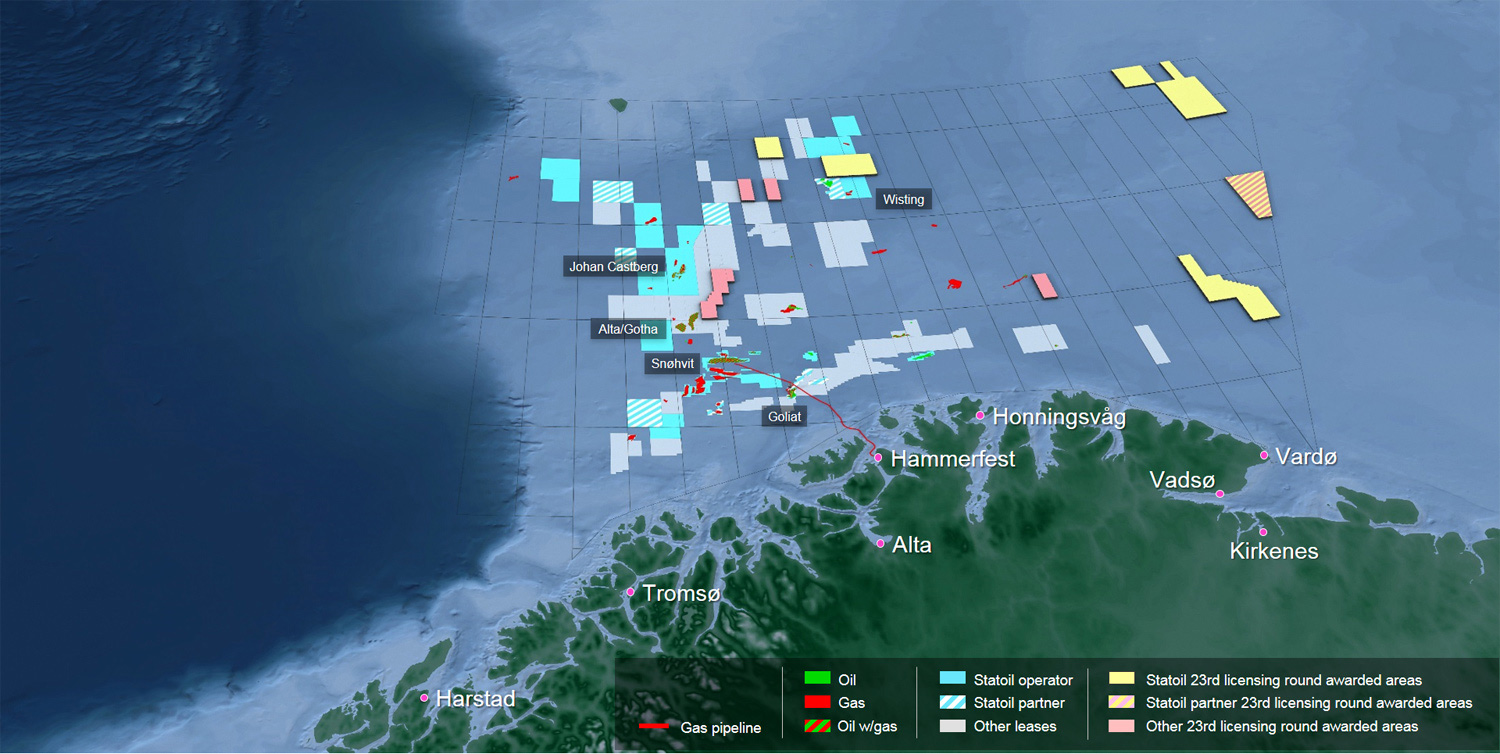
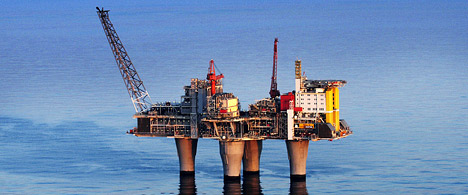 Statoil
Statoil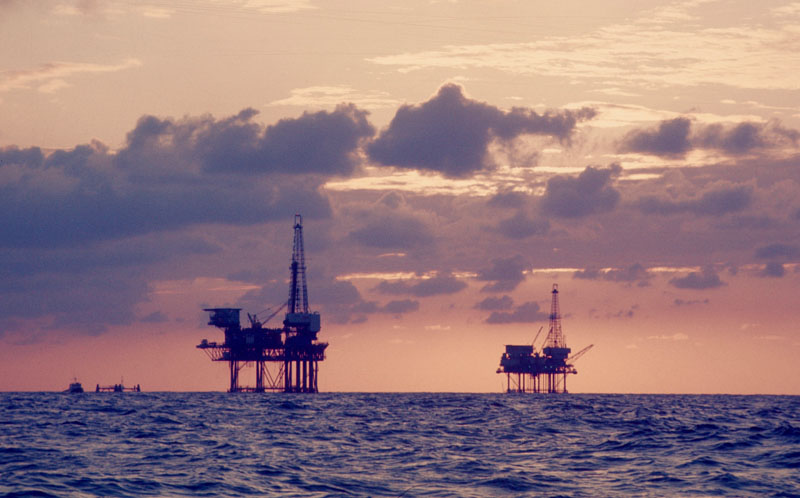 The
The 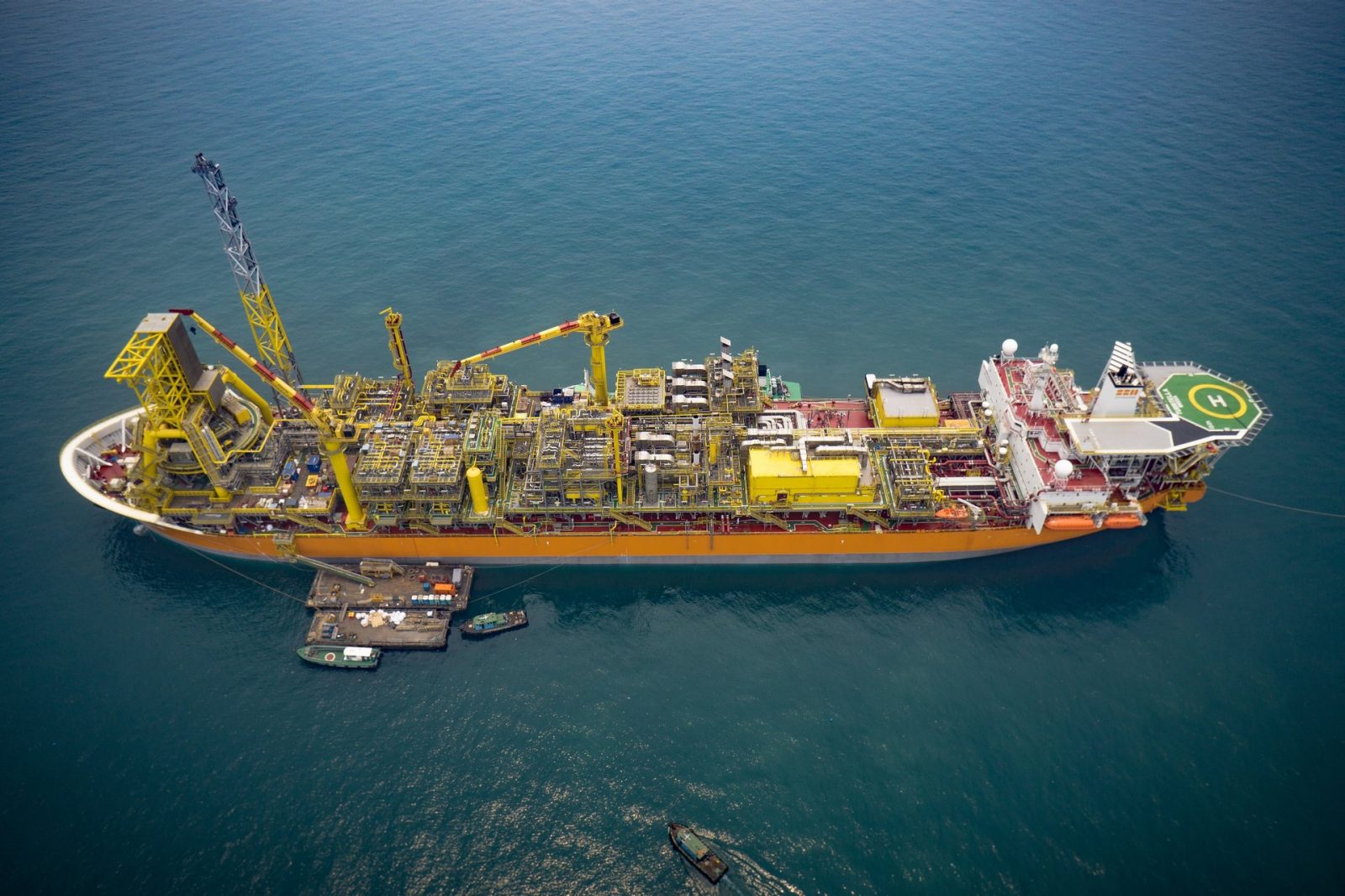 Stones is the world’s deepest oil and gas project, operating in around 2,900 meters (9,500 feet) of water in an ultra-deep area of the US Gulf of Mexico. Photo courtesy: Shell
Stones is the world’s deepest oil and gas project, operating in around 2,900 meters (9,500 feet) of water in an ultra-deep area of the US Gulf of Mexico. Photo courtesy: Shell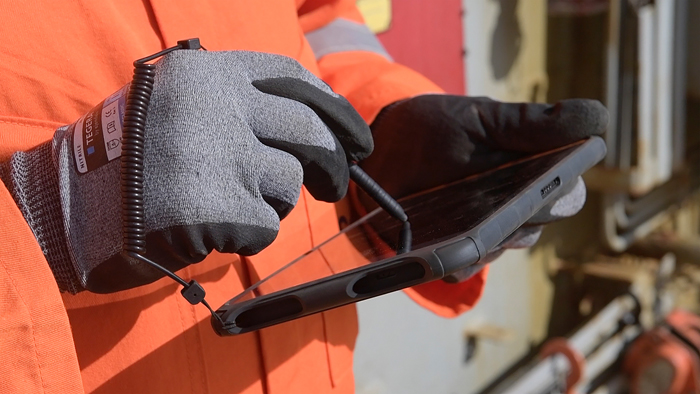 SafeEx’ tablet-based inspection and maintenance software allows you to perform all routines in one procedure.
SafeEx’ tablet-based inspection and maintenance software allows you to perform all routines in one procedure.